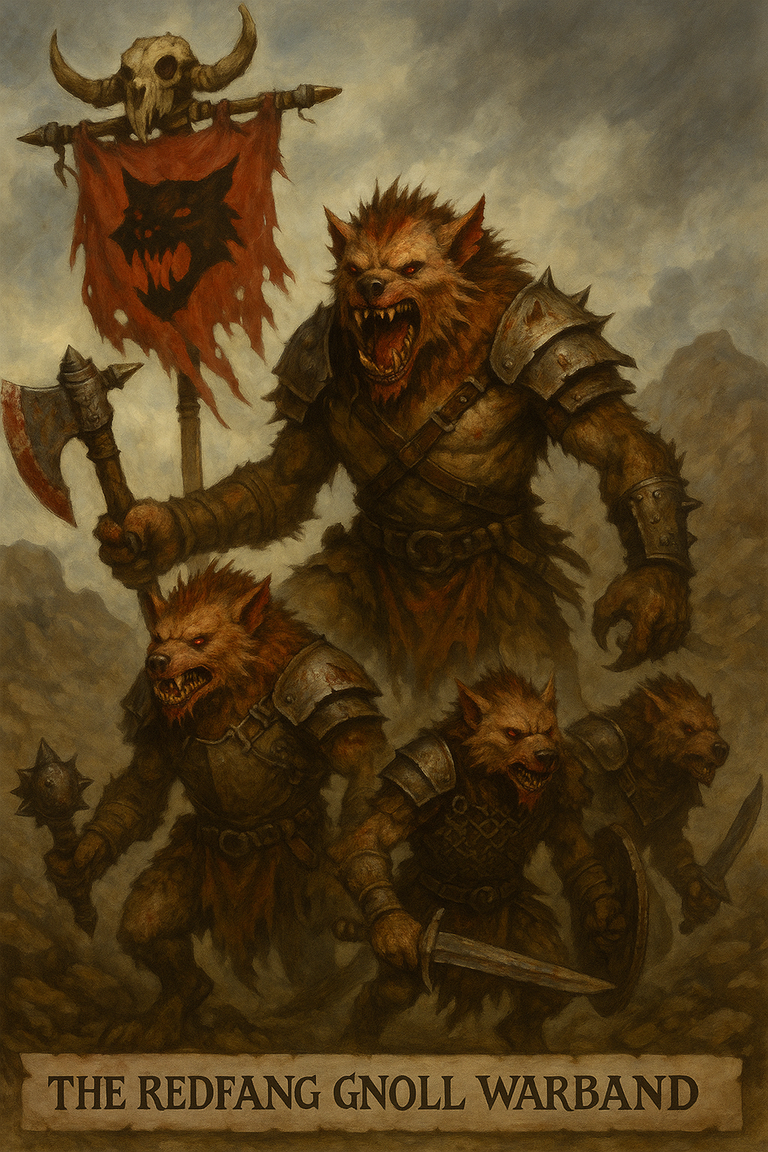Hey everyone,
Today I want to talk about one of my favorite "lazy GM" tools, a concept I originally learned from the game Dungeon World but have since adapted for almost every game I run. It's called Fronts, and it's a brilliant way to organize your campaign's threats and make your game world feel truly dynamic and alive.
If you've ever felt trapped by a linear plot or frustrated when your players wander off in a completely unexpected direction, Fronts are for you.
What is a Front?
Instead of a rigid, pre-planned story, a Front is a collection of active dangers that are moving and making plans outside of the players' immediate actions. Think of them as the brewing storms on the horizon. A campaign usually has 2-3 active Fronts at a time.
A Front is made up of three simple parts: a Danger, Grim Portents, and Stakes Questions.
1. The Danger
This is the core threat. It could be a single villain, a whole organization, or even a cursed location. You give it a simple name and an Impulse, which is its core motivation.

- Danger: The Redfang Gnoll Warband
- Impulse: To pillage the countryside and grow its numbers.
2. Grim Portents
This is the heart of the system. Grim Portents are a short, escalating list of bad things that will happen if the players don't intervene. They are your "plot," written as a sequence of future events.
Following our Gnoll Warband example:
- Grim Portent 1: The gnolls raid outlying farmsteads, taking prisoners and supplies.
- Grim Portent 2: Emboldened by their success, the warband sacks a small, undefended village.
- Grim Portent 3: The warband's shaman performs a dark ritual, summoning demonic hyenas to bolster their forces.
- Grim Portent 4: The now-massive warband lays siege to the main city of the region.
When the players are busy with other quests, you can look at your Fronts and have one of these Grim Portents happen in the background. It creates a sense that the world is moving without them.
3. Stakes Questions
These are a few open-ended questions about the Front that you, the GM, don't know the answer to yet. They will be answered by the players' actions during the game.
- Will the party be able to rescue the prisoners from the gnoll camp?
- Can the city's militia hold out against the siege long enough for reinforcements?
- Who is the mysterious figure secretly supplying the gnolls with high-quality weapons?
Why This Works
The beauty of the Fronts system is that you're not planning a story from A to B to C. You're creating active threats with clear goals and then reacting to how your players choose to engage with them—or not. It frees you from rigid plot prep and makes it much easier to improvise, all while making your world feel more real and reactive than ever before.
As always,
Michael Garcia a.k.a. TheCrazyGM

